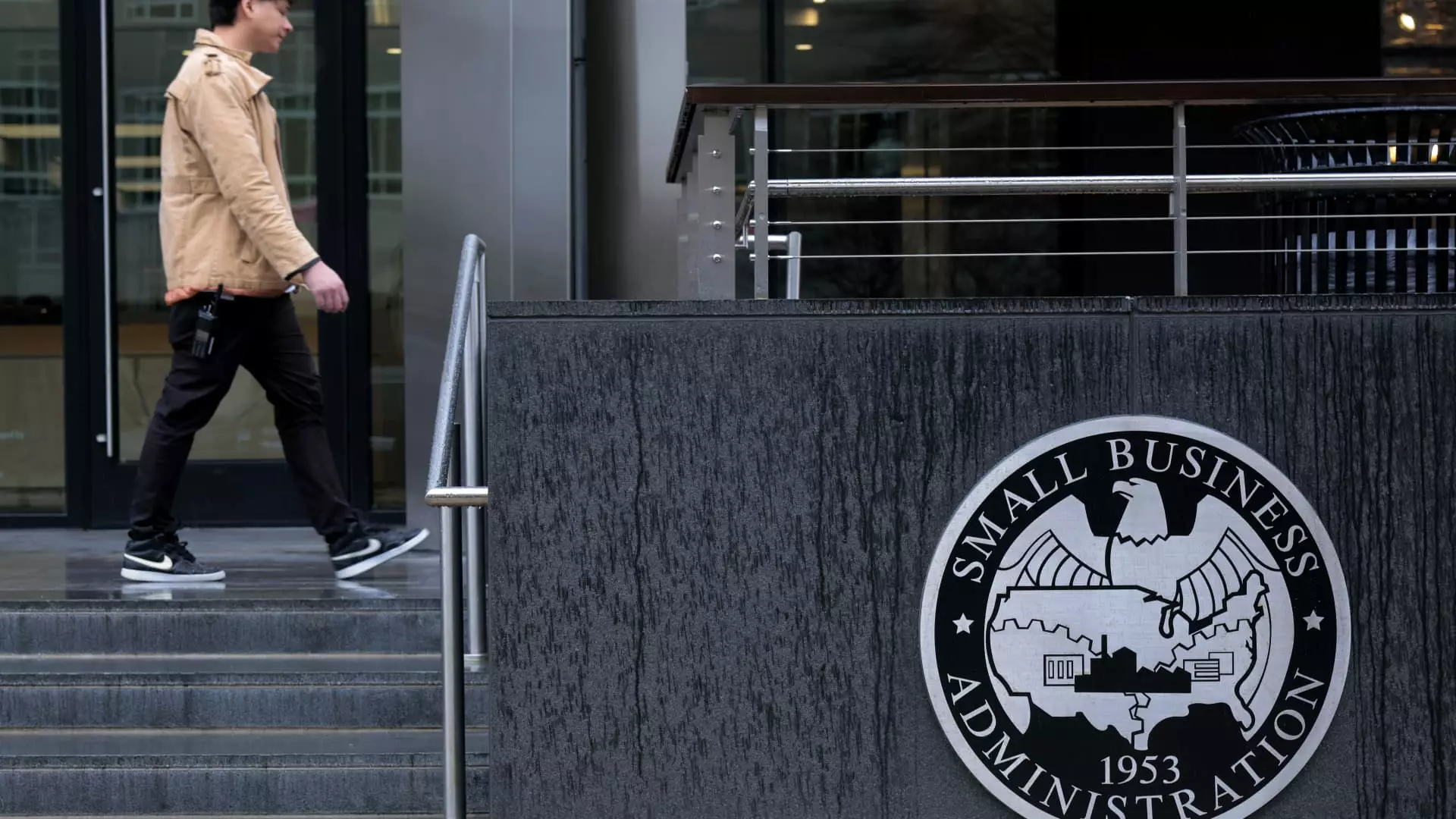In a bold and deeply misguided endeavor, former President Donald Trump aimed to shift the monumental responsibility of managing over $1.6 trillion in federal student loans from the U.S. Department of Education to the Small Business Administration (SBA). This audacious proposal, initially unveiled in March, was intended to create what the administration termed a more “efficient” loan management system. However, the reality of such a transfer has been met with overwhelming skepticism. It appears that this ambitious plan was more an expression of Trump’s penchant for sweeping changes than a well-considered approach to improving the complex web of student financing.
The sharp rebuke from U.S. District Court Judge Myong J. Joun serves as a glaring indictment of this reckless approach. His preliminary injunction not only reinstates over 1,300 Department of Education employees but decisively halts the transfer of federal student loan management. This ruling is a clear message: attempts to disrupt a department’s essential functions, especially one as critical to the future of American education as the Department of Education, may be met with staunch legal resistance.
The Myth of Efficiency
The justification offered by Trump’s administration for this radical transfer—namely, increased efficiency—cries out for scrutiny. Genuine efficiency isn’t achieved by merely shifting management from one bureaucratic entity to another, especially when the new agency lacks relevant experience. Advocates like Sarah Sattelmeyer emphasize that such a shift would only compound confusion, complicating existing programs that millions of students rely on. Rather than alleviating the burden of student debt through clearer, more streamlined processes, the proposed transfer threatens to exacerbate current issues, potentially weakening borrower protections and leading to accountability gaps.
Critics, including consumer advocates concerned about the transfer’s implications, warn of the chaos that could ensue—mistakes stemming from errors during major agency transitions could severely impact thousands of borrowers. Historical evidence supports these concerns: even minor transitions between loan servicers have resulted in administrative chaos, leaving borrowers stranded in uncertainty and confusion.
A Disturbing Lack of Experience
The notion that the SBA could seamlessly assume responsibility for federal student loans is fundamentally flawed. As Mark Kantrowitz points out, this agency has no discernible experience in managing such an extensive and complicated array of debt. Transferring such an immense portfolio without the requisite expertise is akin to handing the keys of a vast corporation to someone without any familiarity with its operations. The complexities of student loans—ranging from income-driven repayment plans to Public Service Loan Forgiveness—require seasoned professionals who can navigate these unique challenges.
Moreover, with an impending reduction in the SBA’s workforce, reducing it by a staggering 43%, it begs the question: How would a beleaguered agency, devoid of adequate staffing and experience, possibly manage such a hefty responsibility? The answer is sobering, yet painfully clear: it would be a recipe for disaster, leading to a scenario where borrowers become casualties of political expediency.
Implications for Borrowers
For students and borrowers, the implications of this legal ruling are profoundly significant. By preventing the transfer, it ensures stability and a modicum of trust in the system—something that has been severely lacking in recent years. But this legal action also highlights a more troubling reality: the ongoing struggle for sound policy grounded in a genuine understanding of educational needs. It is alarming that such critical sectors of policy could be subject to whims of political ambition rather than grounded in factual data and proven methodologies.
In a landscape where the average student loan debt is reaching unprecedented levels, the need for a stable and effective management agency is crucial. The current trajectory indicates that any chaos stemming from the hasty transfers proposed by Trump may have long-term ramifications on borrower protections, leading to poorer outcomes for millions of students grappling with debt.
In sum, the courts’ decision serves as a much-needed intervention in a federal system that desperately requires reform grounded in education and equity, rather than the capricious shifts of political power. By grounding educational administration within its rightful domain, we ensure that the interests of current and future borrowers remain paramount in the conversations surrounding student loan policies.


Leave a Reply